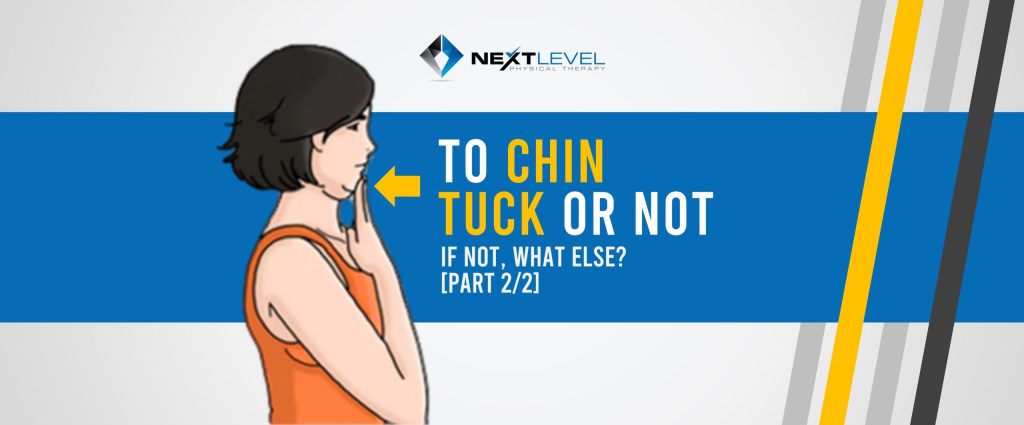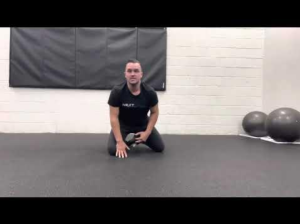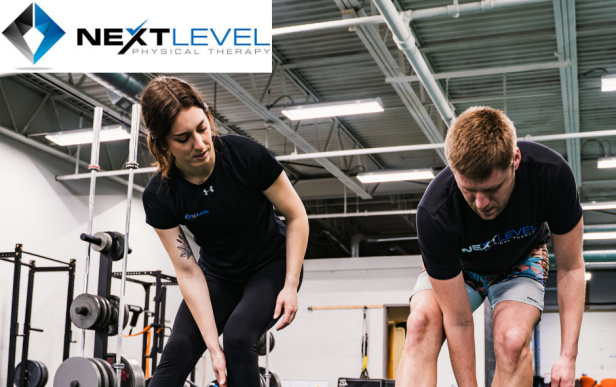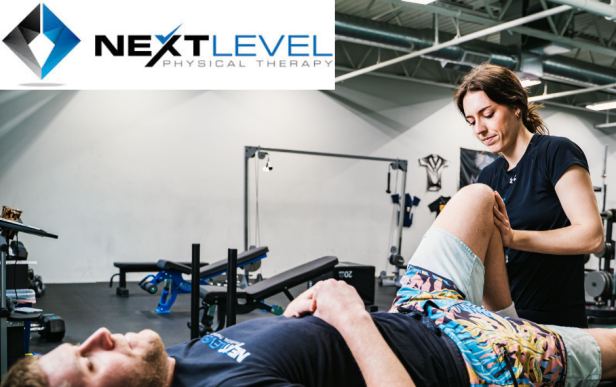Author: Dr. Colin Butler, DPT, ATC
We’re going to discuss what other movements you should consider doing if you’re having movement related neck discomfort and the chin tuck exercise hasn’t helped.
Not sure what a chin tuck is or if it could be useful? Check out the previous article in this series here to see if your neck pain solution might be that simple!
At the end of the first blog post, we talked about how chin tucks are an exercise that extend your lower cervical spine and expand the back of your upper cervical spine. That looks like this in Picture 1.
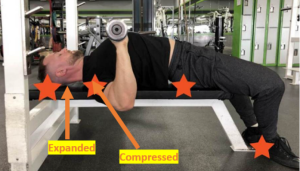
A concept that was also introduced is that this position is not harmful. This position is frequently used by people who are strong, when they are using their strength to move heavy objects, which involves producing a lot of force.
When the goal is being able to be strong or when you want to produce force, the body will produce the most force by reducing total movement available.
Think about the last time you helped a friend move their couch. If you squeeze your body tight before picking it up, and move it straight up and down, that feels easier than when you start to drop your end of it and must twist to grab it again but lose your grip and end up dropping it.
By moving away from the body positions that were limiting the amount your body was able to rotate or turn, you didn’t have as much leverage to be as strong.
Individuals like the powerlifter performing a bench press above will compress other regions in their body, like their middle back space by pinching their shoulder blades together, and compressing their lower back to extend it (read, increase the distance between it and the bench) to further limit the ability for their body to turn so they can be as strong as possible in a straight line.
For them, this is a performance adaptation! This adaptation overtime can contribute to a loss of the ability to turn your head, however. To be able to move your body into an area, you must be able to expand it in that direction.
The chin tuck position extends (synonymous with “straightens”) or compresses the lower neck. To be able to turn your head to the right, you must be able to expand the right side of your lower neck AND compress the left side, and the opposite for turning to the left.
So, if you already have a head and neck that look like you’re performing a heavy bench press when you aren’t performing a bench press, and have issues turning your head to either direction, doing chin tucks has a low chance of improving your ability to move your neck.
In this case, exercises that will expand your lower neck will start to improve the ability for your neck to turn side to side.
A great activity to start learning how to do this is the Alternating Frog Crawl, shown below!
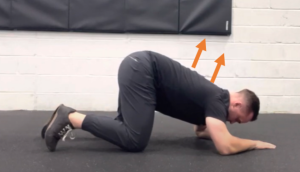
There are a couple benefits to this exercise for people who struggle to turn their neck, or whom have had neck pain for a while.
First, you learn to create pressure through the ground to expand the area between your shoulder blades and the base of your neck.
Secondly, you’re learning to maintain this position against the downward force of gravity, so you’ll build your endurance in your neck muscles to hold your head up.
As you step one arm and leg forward, you start to create compression on one side and more expansion on the other, which are the biomechanical results you need to be able to turn your head back and forth!
To summarize, there’s nothing bad with the chin tuck position. It has certain benefits for movement, but it’s not a magical cure-all for neck pain.
The goal is to have a neck that can get into positions to resist movement, and getting into positions to create movement from, so it is adaptable for you to move in many ways!
If you’ve tried chin tucking all your problems away and you’ve still got neck stiffness limiting you, try a different solution to address how you’re able to get your neck to move and get an adaptable neck!
